How To Make A Camera Bag From Scratch ?
To make a camera bag from scratch, you will need to gather materials such as durable fabric, padding, a sewing machine, thread, a zipper, and any additional accessories you may want to include. Start by measuring and cutting the fabric to the desired size and shape of the bag. Sew the fabric pieces together, leaving an opening for the zipper. Attach the zipper to the opening, ensuring it is secure. Next, add padding to the interior of the bag to protect the camera. You can sew compartments or dividers to keep the camera and accessories organized. Finally, add any additional features such as pockets, straps, or handles to complete the camera bag.
1、 Choosing the right materials for a DIY camera bag
Choosing the right materials for a DIY camera bag is crucial to ensure the safety and protection of your valuable camera equipment. With the latest advancements in technology and materials, there are various options available to create a camera bag from scratch.
Firstly, consider the outer material of the bag. It should be durable, water-resistant, and able to withstand rough handling. Nylon or canvas are popular choices due to their strength and resistance to wear and tear. Additionally, these materials can be easily customized and sewn to fit your specific needs.
Next, focus on the padding and lining of the bag. The interior should have sufficient padding to protect your camera and lenses from any impact or shock. Closed-cell foam or memory foam are excellent options as they provide excellent cushioning while being lightweight. The lining should be soft and non-abrasive to prevent any scratches on your equipment.
Additionally, consider incorporating dividers or compartments within the bag to keep your gear organized and secure. These can be made from foam or fabric and can be customized to fit your specific camera and lens sizes.
Lastly, don't forget about the straps and closures. Opt for sturdy and adjustable straps that distribute the weight evenly across your body. Velcro or zipper closures are reliable options to ensure easy access to your equipment while keeping them securely in place.
When creating a camera bag from scratch, it's essential to consider the latest trends and innovations in materials. For example, incorporating RFID-blocking fabric can protect your gear from unauthorized scanning or data theft. Additionally, antimicrobial fabrics can help prevent the growth of bacteria and keep your equipment clean and safe.
In conclusion, choosing the right materials for a DIY camera bag is crucial for the protection and organization of your camera equipment. By considering the latest advancements in materials and incorporating innovative features, you can create a customized camera bag that meets your specific needs and provides optimal protection for your gear.
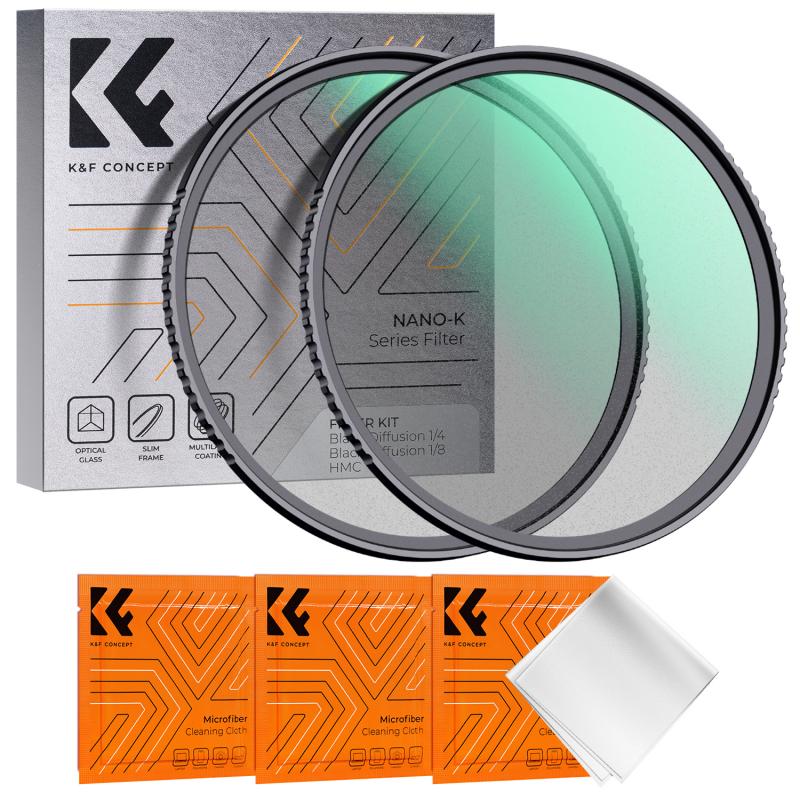
2、 Measuring and cutting fabric for the camera bag
Measuring and cutting fabric for the camera bag is an essential step in creating a camera bag from scratch. This process ensures that the bag will fit the camera and its accessories properly, providing adequate protection and functionality.
To begin, gather the necessary materials such as fabric, lining, padding, zippers, and any additional accessories you may want to include. Measure the dimensions of your camera and its accessories, taking into account any extra space you may need for cables, lenses, or other items.
Using these measurements, mark and cut the fabric accordingly. It is important to be precise during this step to ensure a snug fit for your camera. Consider adding extra padding or lining to provide additional protection for your equipment.
When cutting the fabric, it is crucial to use sharp scissors or a rotary cutter to achieve clean and accurate edges. Take your time and double-check your measurements before making any cuts.
Additionally, consider the design and functionality of the camera bag. Will it have compartments or pockets for organizing accessories? Will it have a strap or handles for easy carrying? These factors should be taken into account when measuring and cutting the fabric.
Lastly, keep in mind the latest trends and innovations in camera bag design. Many photographers now prefer bags that are not only functional but also stylish and versatile. Consider incorporating features such as adjustable dividers, weather-resistant materials, or even a built-in charging port for added convenience.
In conclusion, measuring and cutting fabric for a camera bag is a crucial step in creating a custom bag from scratch. By taking accurate measurements and considering the latest trends, you can ensure that your camera bag is not only functional but also meets your personal style and needs.
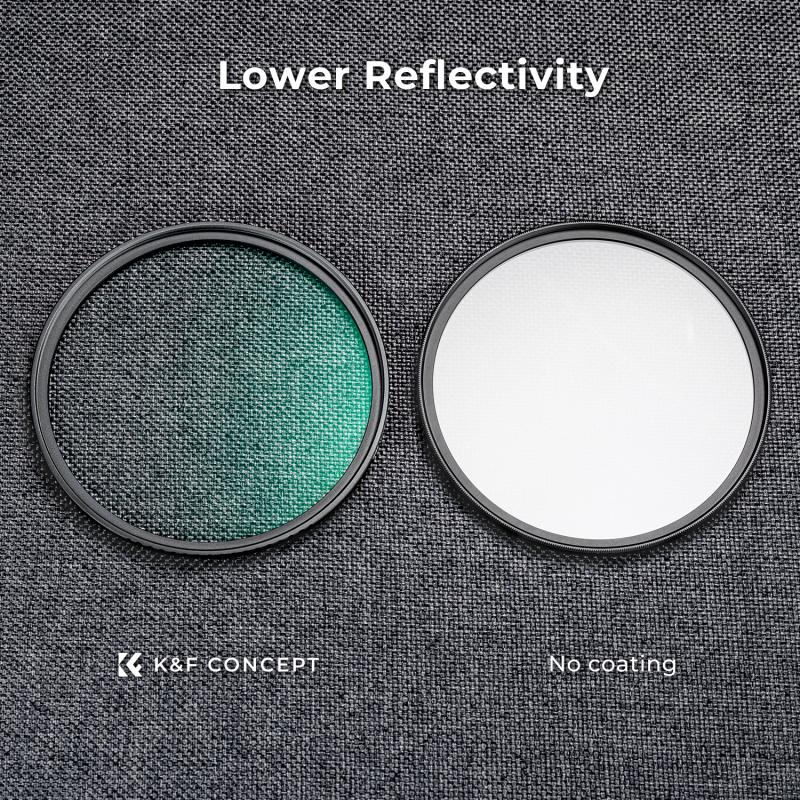
3、 Sewing the main compartments and pockets of the bag
Sewing the main compartments and pockets of the bag is an essential step in making a camera bag from scratch. This process allows you to customize the bag according to your specific needs and preferences.
To begin, gather the necessary materials such as fabric, lining, zippers, and any additional padding or dividers you may want to include. Start by measuring and cutting the fabric into the desired size and shape for the main compartments. It is important to consider the dimensions of your camera and other equipment to ensure a proper fit.
Next, sew the fabric pieces together, leaving openings for zippers or other closures. Reinforce the seams to ensure durability and strength. Consider adding extra padding or dividers within the compartments to protect your camera and lenses from any potential damage.
Once the main compartments are complete, move on to sewing the pockets. Pockets are essential for organizing smaller accessories such as memory cards, batteries, and lens filters. Determine the size and number of pockets you need and sew them onto the lining fabric. Be sure to reinforce the edges of the pockets to prevent any tearing or fraying.
As you sew the compartments and pockets, consider the latest trends and innovations in camera bag design. Many photographers now prefer bags with adjustable dividers or modular systems that allow for easy customization and organization. Additionally, incorporating water-resistant or weatherproof materials can provide added protection for your equipment.
In conclusion, sewing the main compartments and pockets of a camera bag from scratch allows for customization and personalization. By considering the latest trends and innovations, you can create a functional and stylish bag that meets your specific needs as a photographer.
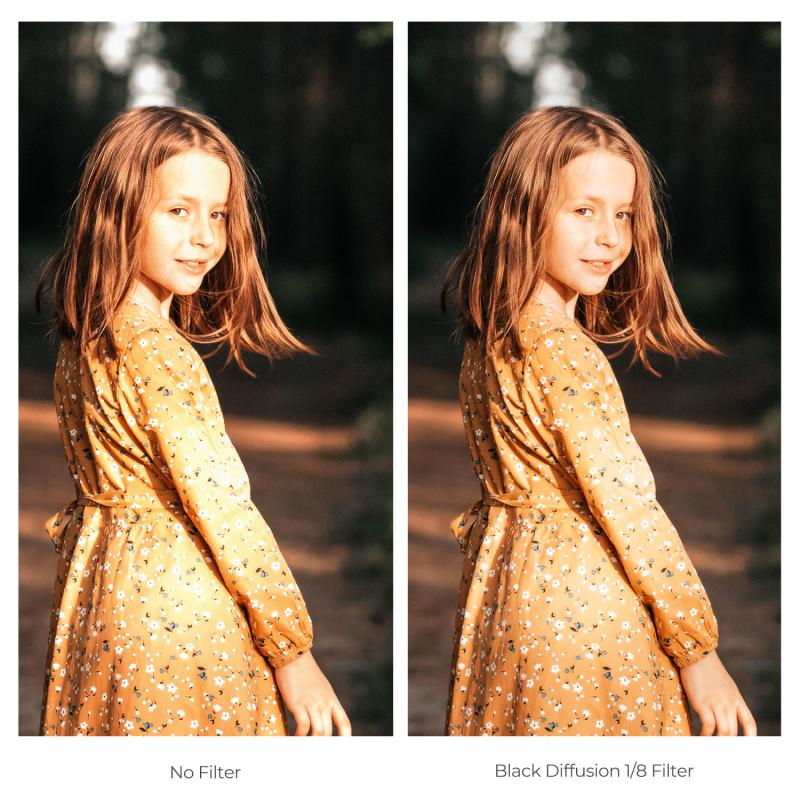
4、 Adding padding and protection for camera equipment
Adding padding and protection for camera equipment is essential to ensure the safety and longevity of your gear. While there are many camera bags available on the market, making your own camera bag from scratch allows you to customize it to your specific needs and preferences. Here's a step-by-step guide on how to make a camera bag from scratch:
1. Choose the right materials: Start by selecting a durable and water-resistant fabric for the exterior of the bag. Consider using canvas or nylon for added protection. For the interior, opt for a soft and cushioned material like foam or fleece.
2. Design the bag: Determine the size and shape of your camera bag based on the equipment you plan to carry. Consider including compartments and pockets for organizing your gear.
3. Cut the fabric: Use a pattern or measurements to cut the fabric pieces for the bag's exterior and interior. Make sure to leave extra fabric for seams and allowances.
4. Sew the bag: Begin by sewing the exterior fabric pieces together, leaving an opening for the top. Then, sew the interior fabric pieces together, leaving one side open for turning the bag right side out.
5. Add padding: Cut foam or fleece to fit the interior of the bag and sew it in place. This will provide cushioning and protection for your camera equipment.
6. Attach straps and closures: Sew on straps for carrying the bag and add closures like zippers or Velcro to secure the bag's opening.
7. Test and adjust: Once the bag is complete, test it by placing your camera equipment inside and ensuring a snug fit. Make any necessary adjustments to the padding or compartments.
By making your own camera bag, you can create a customized and protective solution for your gear. Additionally, you can incorporate the latest trends in camera bag design, such as modular compartments or anti-theft features, to enhance functionality and security. Remember to regularly assess the condition of your bag and make any repairs or updates as needed to ensure the continued safety of your camera equipment.







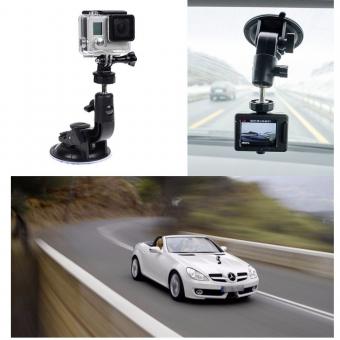










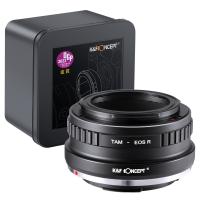

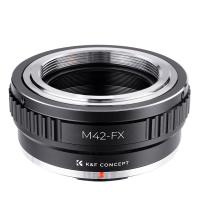
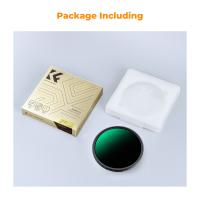

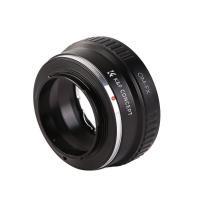
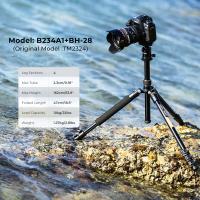

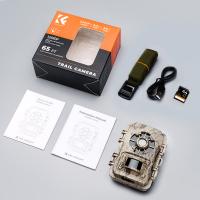
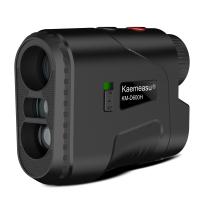



There are no comments for this blog.